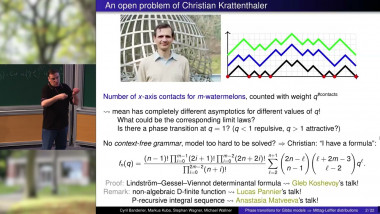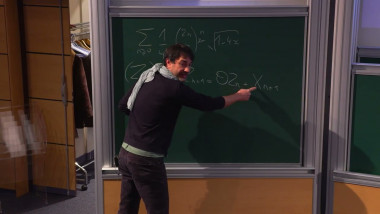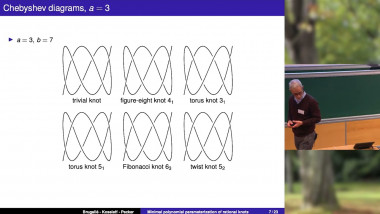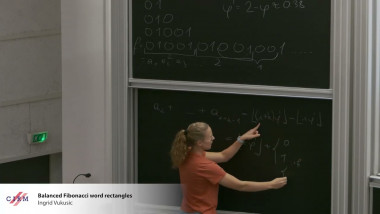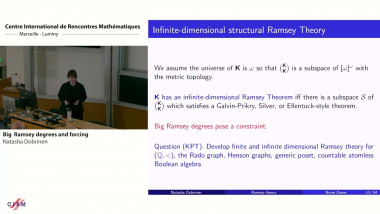Appears in collection : Arithmetic, Geometry, Cryptography and Coding Theory / Arithmétique, géométrie, cryptographie et théorie des codes
In general the computation of the weight enumerator of a code is hard and even harder so for the coset leader weight enumerator. Generalized Reed Solomon codes are MDS, so their weight enumerators are known and its formulas depend only on the length and the dimension of the code. The coset leader weight enumerator of an MDS code depends on the geometry of the associated projective system of points. We consider the coset leader weight enumerator of $F_{q}$-ary Generalized Reed Solomon codes of length q + 1 of small dimensions, so its associated projective system is a normal rational curve. For instance in case of the $\left [ q+1,3,q-1 \right ]_{q}$ code where the associated projective system of points consists of the q + 1 points of a plane conic, the answer depends whether the characteristic is odd or even. If the associated projective system of points of a $\left [ q+1,4,q-2 \right ]_{q}$ code consists of the q + 1 points of a twisted cubic, the answer depends on the value of the characteristic modulo 6.
